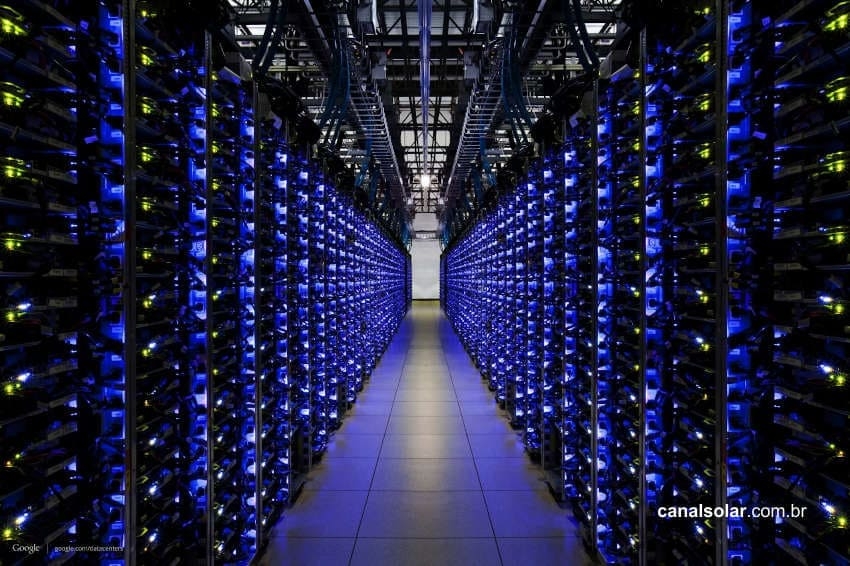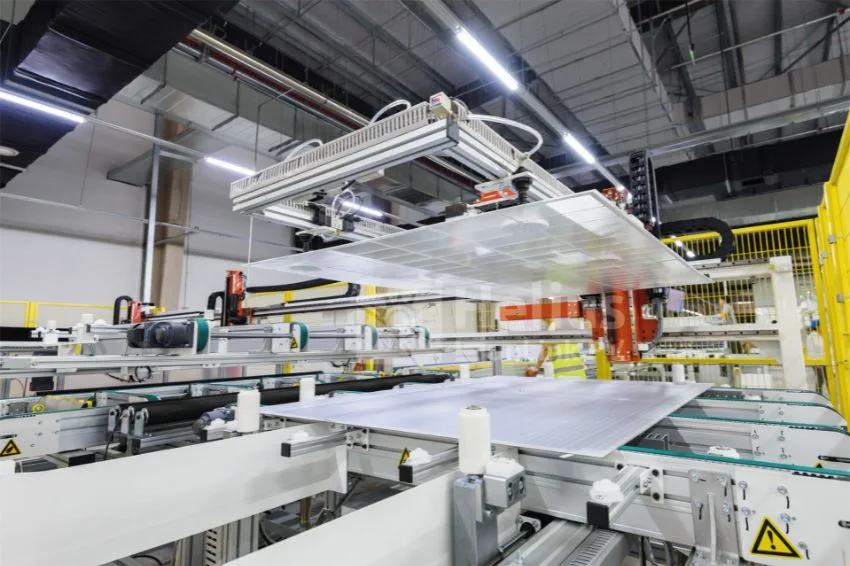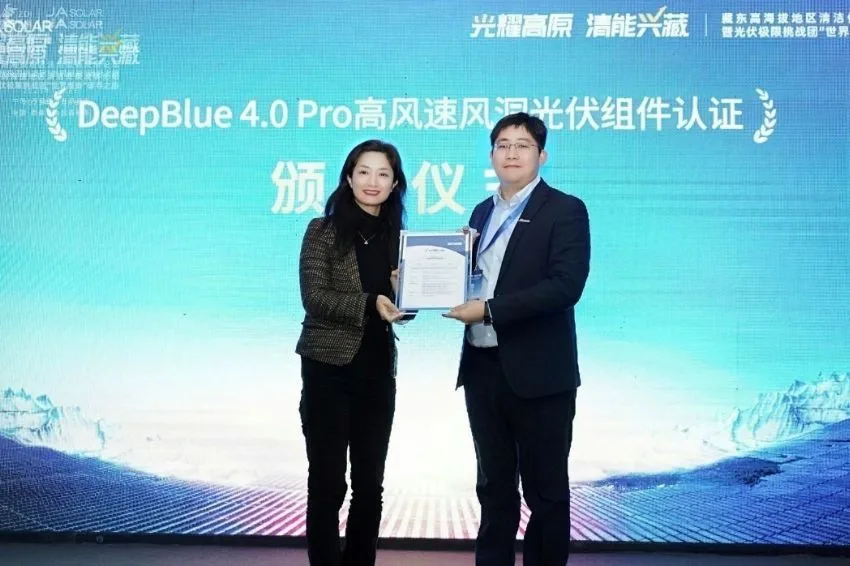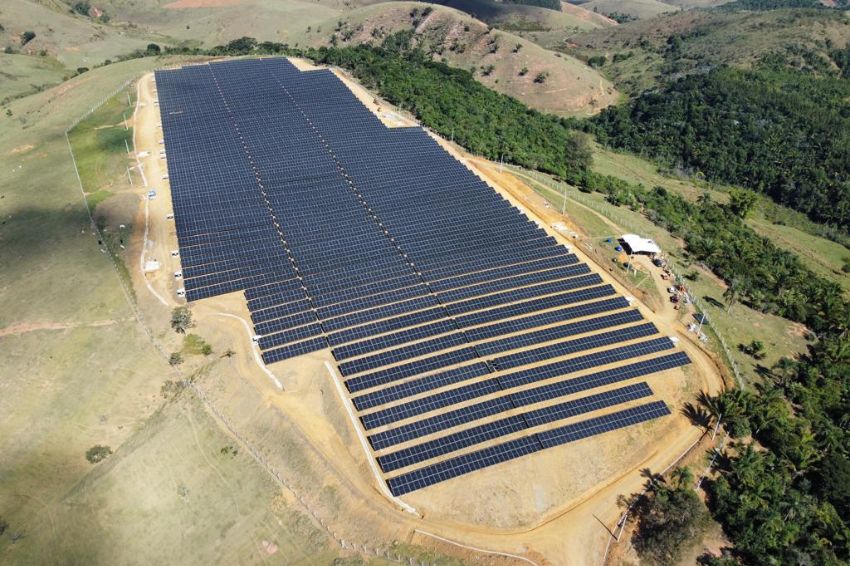Imagine the Google data center, known as the largest internet search engine in the world. In fact, when we talk about online research, the website comes to mind, which contains a large part of the active virtual platforms. It's a lot of energy, which generates a lot of pollution if its source is fossil fuel.
Thinking about an alternative to reduce carbon emissions into the atmosphere, Google announced that it has started its plan for data centers to increase the consumption of solar and wind energy.
The search giant separated a team to create a computing platform. The objective is to focus the servers' efforts at times with more wind or sunlight, so that the solar panels and wind turbines supply most of the energy needs.
According to the company, tasks that are not urgent, such as creating a new filter for Google Photos, adding new words to Translate or processing a YouTube video, are the biggest examples of processing load that can be done at these times.
How it works
Google has deployed a new smart computing platform to obtain carbon-free energy 24x7, that is, every day, 24 hours a day.
This is done without additional computer hardware and without affecting the performance of the company's services. Since 2007, Google has been carbon neutral and in 2019 achieved 100% of electricity consumption from its operations with renewable energy purchases, the third year in a row.
Every day, across all of the company's data centers, the carbon-smart platform compares two types of forecasts for the next day. The first is provided by Tomorrow, which predicts how the carbon intensity of the local power grid will change over the course of a day. The other is a complementary forecast from Google, which predicts the power times a data center needs to perform its computing tasks.
The two predictions are then used to align the best time to perform computing tasks with the supply of low-carbon electricity.
Future
The company projects that the next step in this new form of energy will involve multiple data centerloadmoduleid L8 Energys. The idea is to send computational load to servers that are in places where renewable energy consumption is higher, reducing pollutant emissions.Data
Google dominates 94% of all organic internet traffic, not counting social networks linked to the search engine. In total, there are more than 3.3 billion searches carried out daily on the platform, with 100 billion searches per month.
















